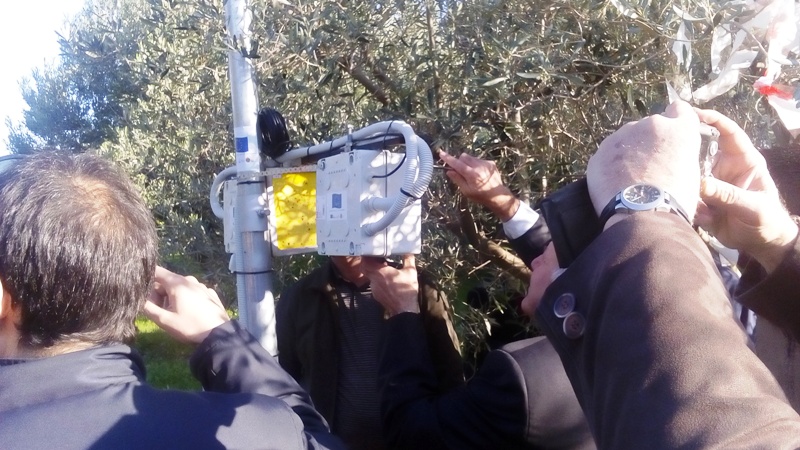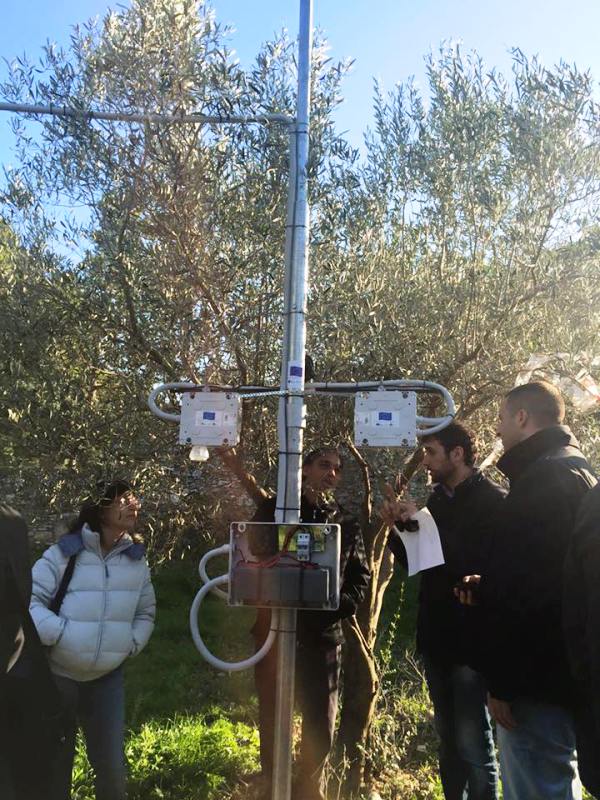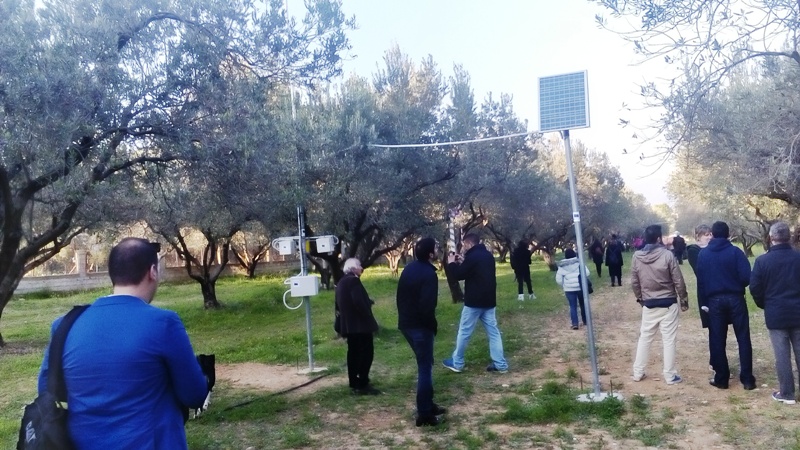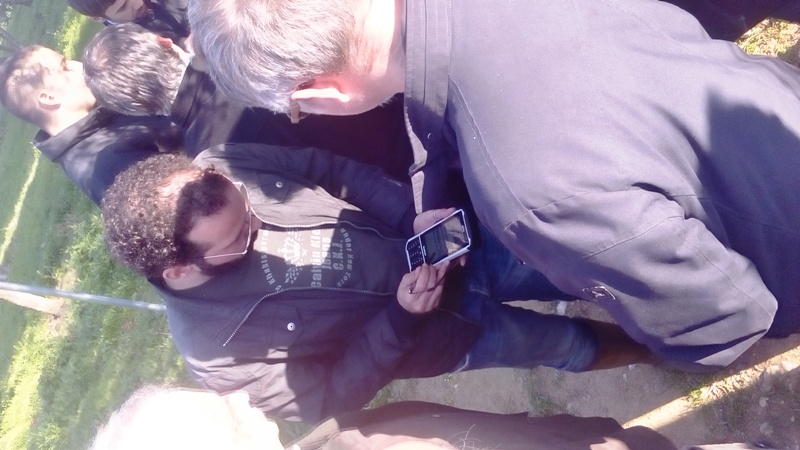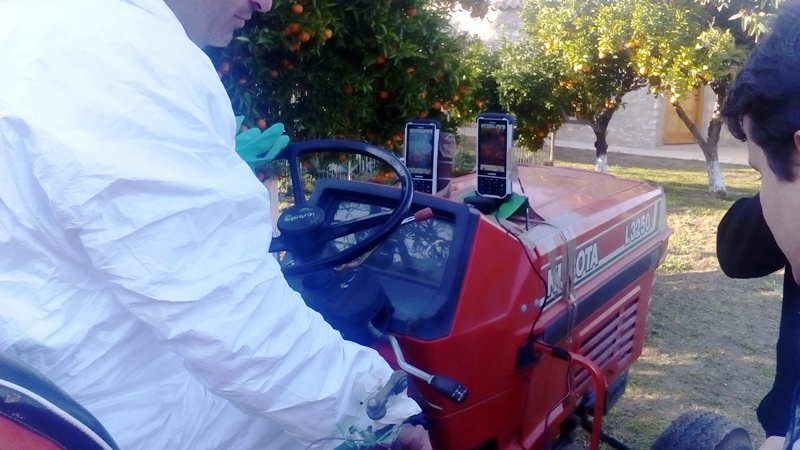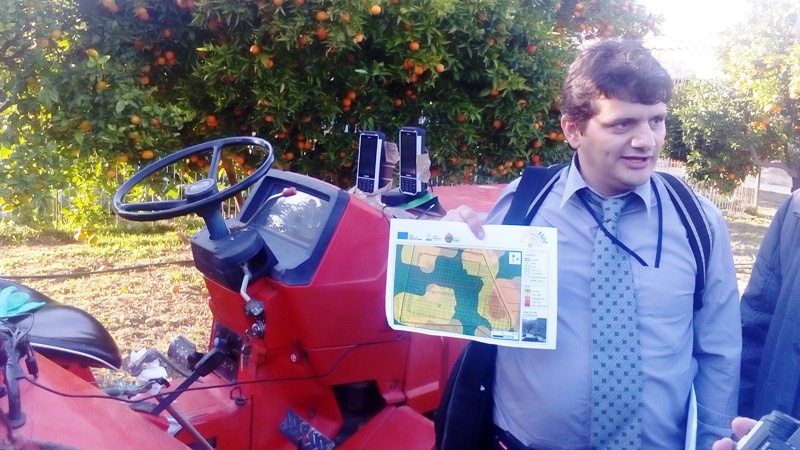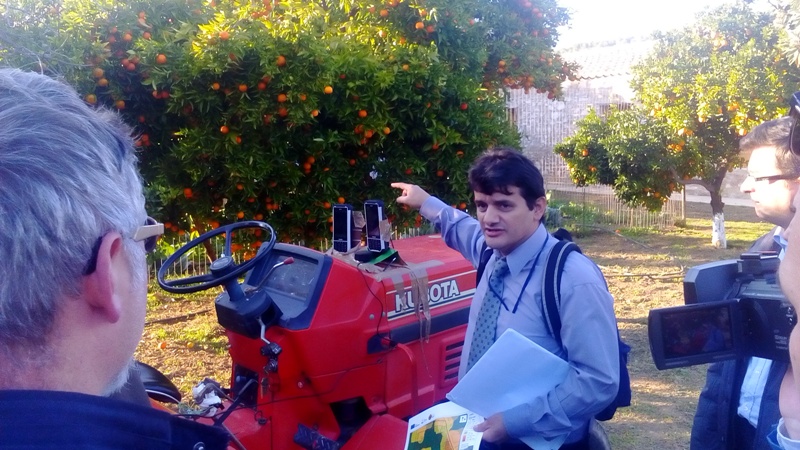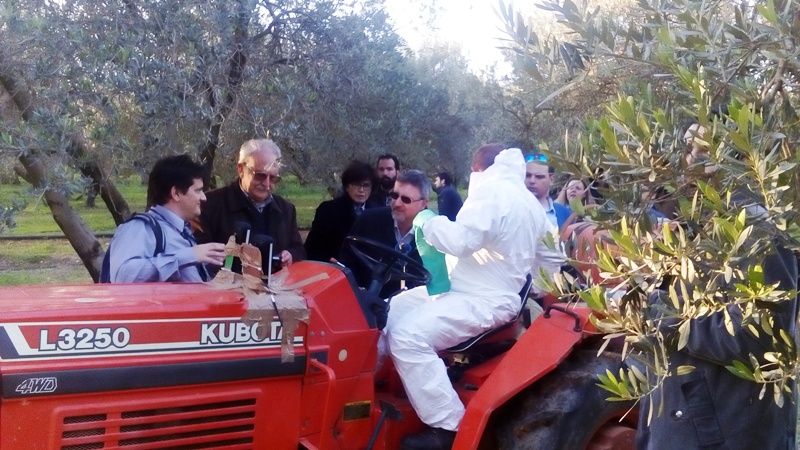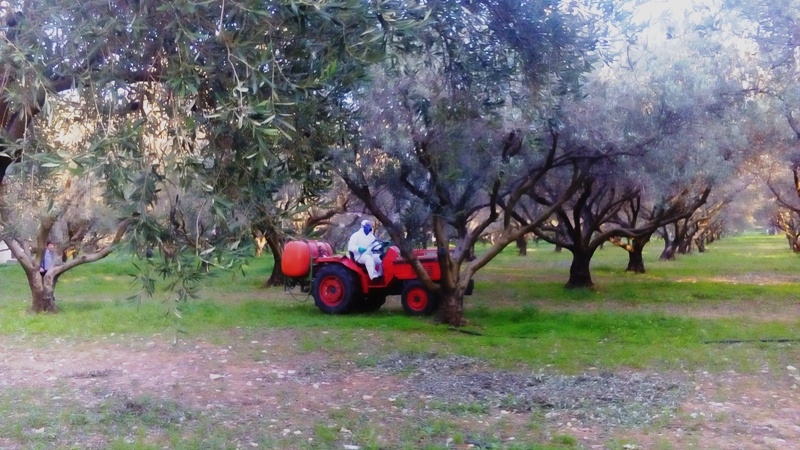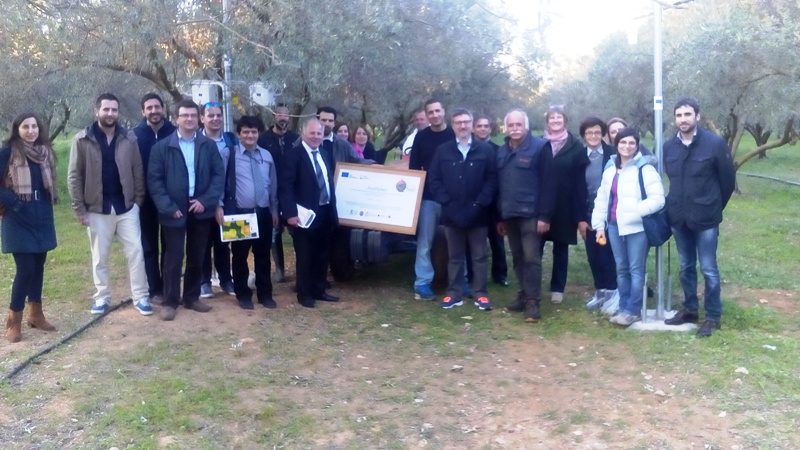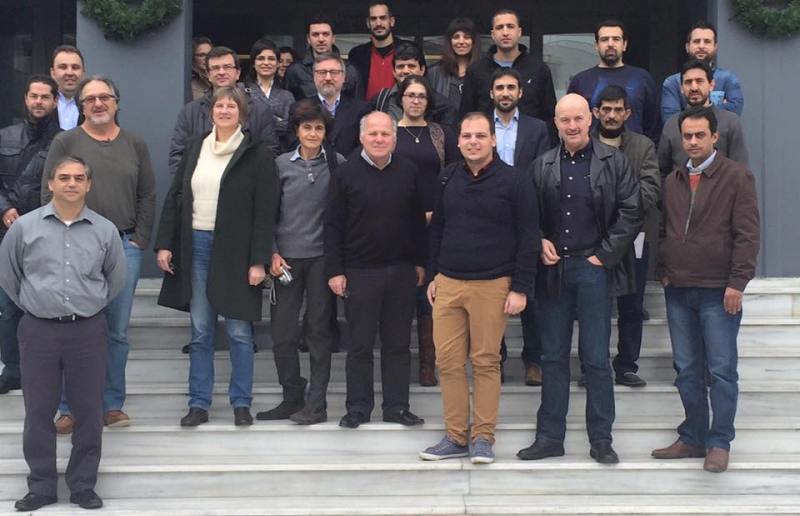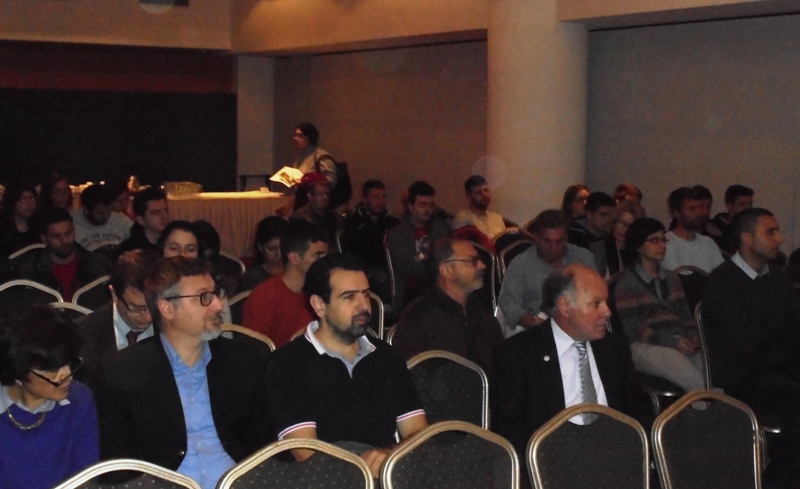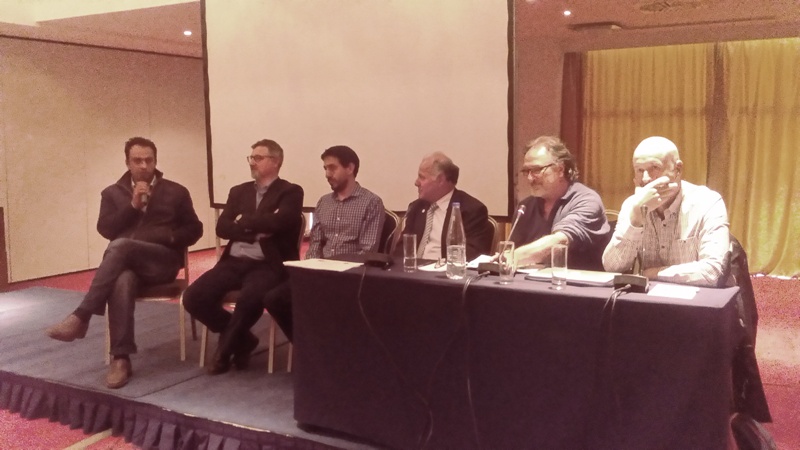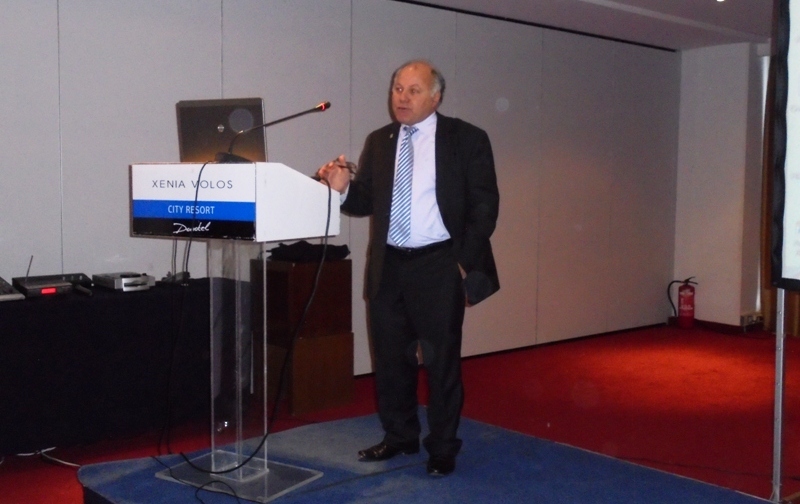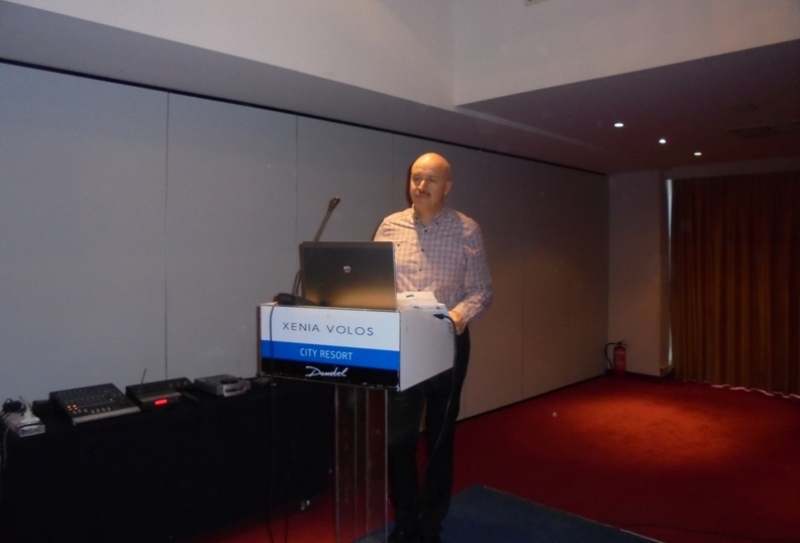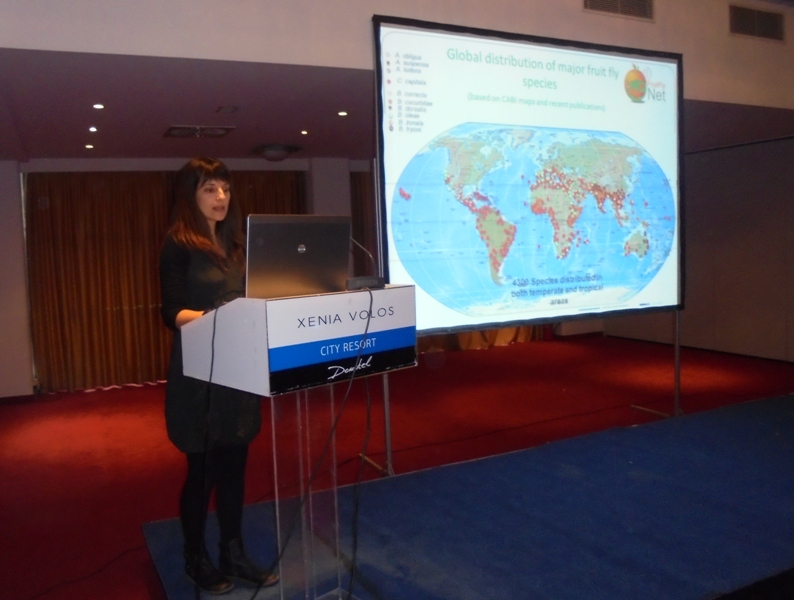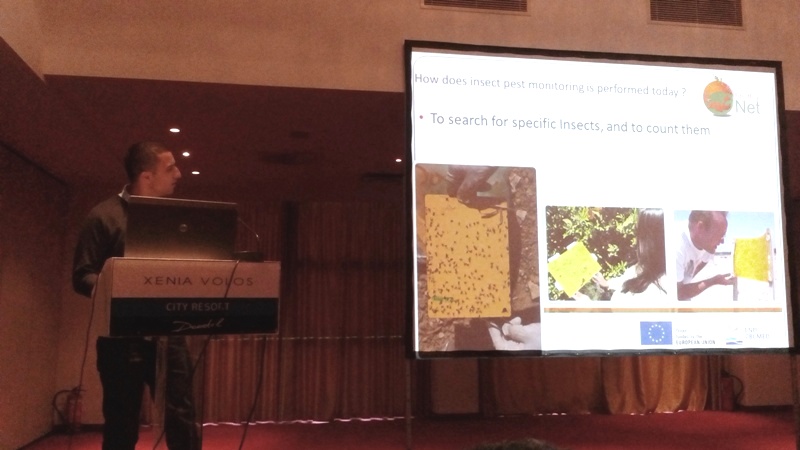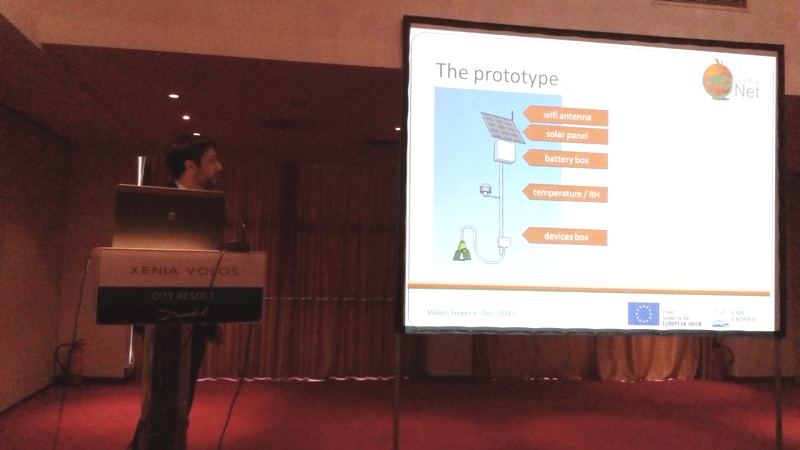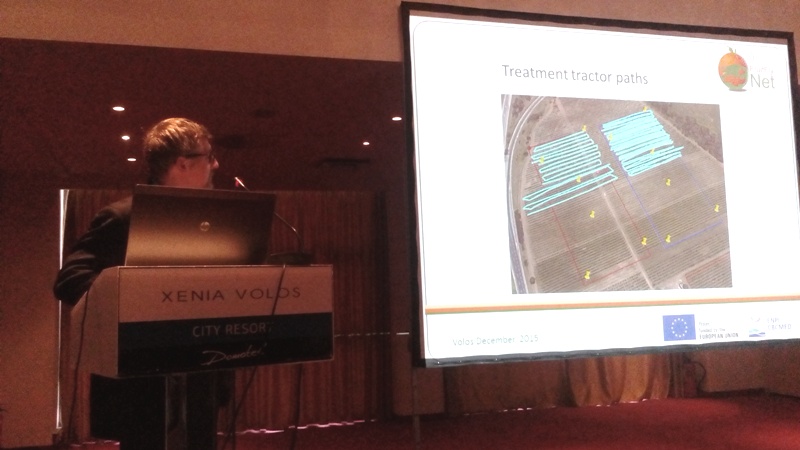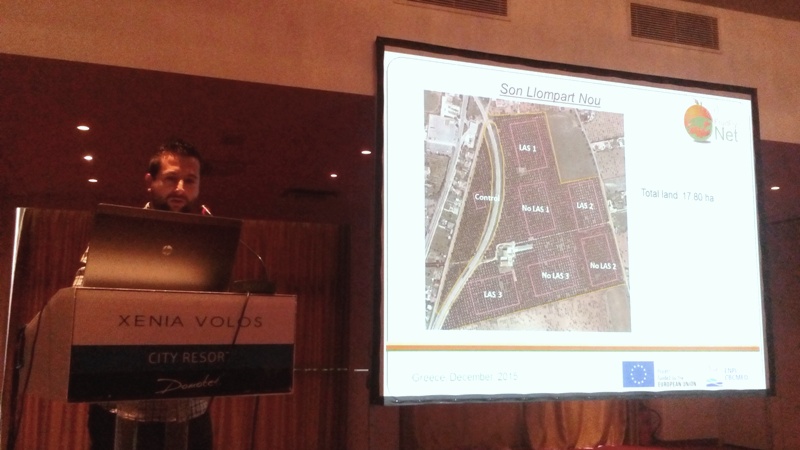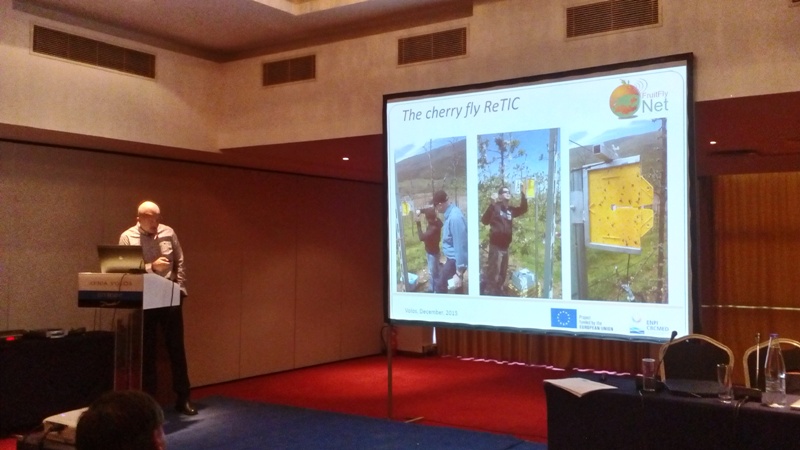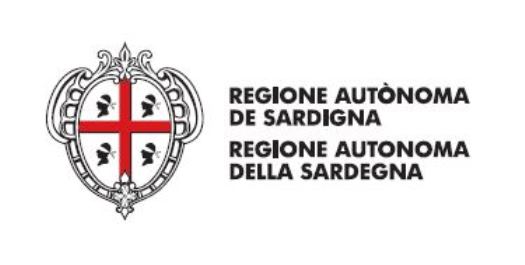The motivation for developing the FruitFlyNet application-oriented project stems from the importance of Tephritidas, which are considered as the most serious pests of fresh fruits, and vegetables production world-wide, including Europe and the Mediterranean basin.
The Mediterranean fruit fly, (medfly), Ceratitis capitata, the olive fruit fly, Bactrocera oleae, and the European cherry fruit fly, Rhagoletis cerasi, are respectively major pests of citrus, pome, stone and other fresh fruits, olives, and cherries. These insects, which invaded the European continent in the past (except R. cerasi), constitute a constant economic burden (millions Euros per year) to the EU agriculture. Moreover, the recent climatic changes, have strongly affected their traditional geographic distribution including new areas which, until recently, were considered not suitable for fruit fly colonization. For example, medfly has been detected in northern “cooler” areas of Europe. In addition, several African and Asian species have recently expanded their distribution northwards and westwards threatening mainly, but not only, the Mediterranean countries of Europe. The invasive fruit fly, Dacus ciliatus, has expanded geographically to the Middle East and is currently present in the southern areas of Egypt, Israel and Jordan, threatening the agricultural areas in costal Mediterranean regions. Other fruit fly threats, which are rapidly geographically-disseminating and reaching northern Africa, are the peach fruit fly, Bactrocera zonata, the cucurbit fruit fly, Bactrocera cucurbitae, and the extremely invasive Bactrocera invadens (which is part of the highly pestiferous B. dorsalis complex) that has expanded throughout Africa in a record time.
There is no doubt that international trade of agricultural commodities and related human activities (e.g. agricultural practices) will further increase the expansion of the distribution of these invasive and other fruit fly species in the near future. In the European continent, this new threats are expected to become established in the new “warming” habitats. Hence, early detection and warning of an invasive species at low population densities is essential for the initiation of immediate actions aimed at eradication of the insect from the invading area before the pest becomes established.
- Details
- Hits: 8607

